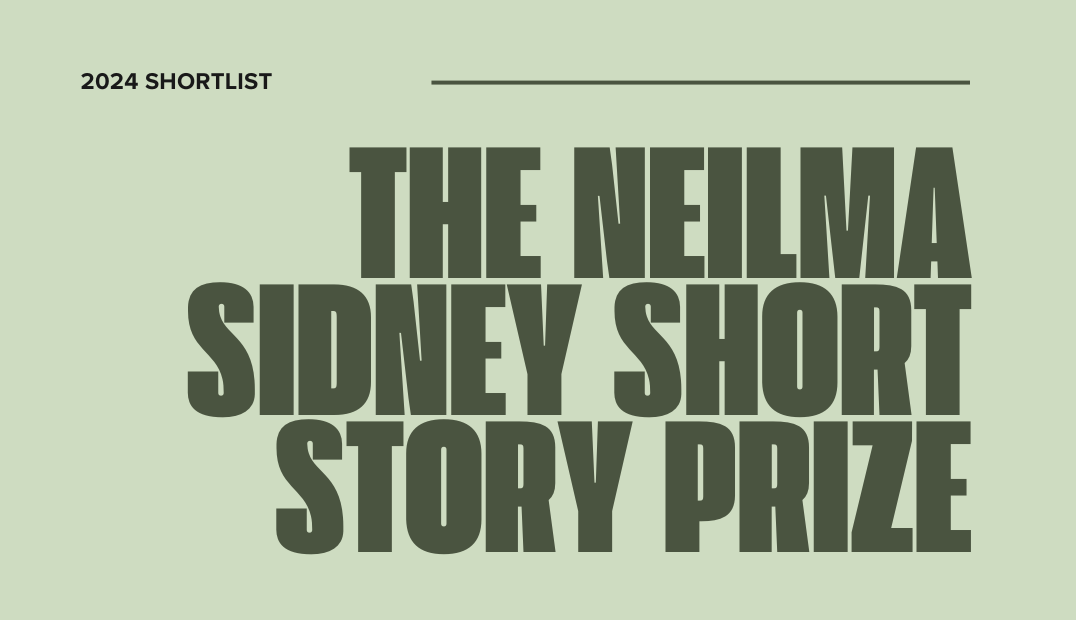The consensus among archaeologists has long been that the earliest stone tools were made by the genus Homo (humans), and that this advance in our species’ object-making was accompanied by a change in earth’s climate, and thus the spread of our genus to the savannah grasslands.
Earlier this year in West Turkana, Kenya, archaeologists unearthed evidence of what they believe to be an example of substantially earlier technological behaviour by hominins (humans and their bipedal ape ancestors). This is no small discovery for designers, either. This means there was a period in time when this object was the most sophisticated object ever made by our human ancestors.
Until now, archaeologists believed the oldest human-produced artefacts dated to around 2.6 million years ago, discovered in Gona, Ethiopia. What are the implications of artefacts at 3.3 million years ago? As Matt Pope points out:
These artefacts may provide a link between the kinds of stone tool used by chimpanzees and other primates for pounding and nut-cracking but which lack intentionally removed flakes and more sophisticated edged stone tools created by hominins. The findings, which add to a number of recent discoveries of the use of stone tools by early humans, could mean that time has come for us to start considering whether all hominins used tools.
The complicated design of these new found objects, i.e. the fact that they have flakes which have been intentionally removed from a core by a complex design process, makes these objects not only a revolution for archaeologists studying the history of the way early human beings related to the natural world, but also a revolution for designers looking to understand from where our material culture evolved and what marvels present-day inventors can still learn from these early objects.
There is much contemporary designers can learn from this type of early archaeological find. It might not be immediately obvious why designers might look to archaeological theory to develop ideas of design, however, the crucial thing to recall is that archaeology is fundamentally about material culture, and as a form of anthropology has much to offer design anthropology and by extension design itself.
Design anthropology belies the cultural embeddedness [of things] … and it is emerging as a methodology as much as a discourse.
Early people are popularly believed to have been a nomadic – a loaded term as shorthand to mean they ‘wandered’ and did not ‘work’ the land – an inaccurate characterisation. The annual movements of early humans required the development of portable material objects and thus this is arguably the first example of user-centred design. The stone tool clearly shows advanced tool-making, but it also shows us that the earliest humans had a concept of design.
Nigel Cross argued that design as an industry (and subsequently design research as a methodology) is unlike any other academic school of thought. Working from what CP Snow refers to as the ‘two cultures’ view of Western academic practice (art and science), Cross reasons to suggest that Design, and design research, are a third and utterly unique academic philosophy. By making this distinction, Cross is able to recommend several relevant methods of investigation in design-based research that are different from those of the sciences and the arts. Science typically has privileged ‘experiment and analysis’ and the arts ‘criticism and evaluation’, whereas design’s methods for investigation have typically been ‘modelling and synthesis’. In recent times, however, we see design as flexible and dynamic. In the words of Herbert Simon, ‘[Where] few engineers and composers . . . can carry on a mutually rewarding conversation about the content of each other’s professional work … they can carry on such a conversation about design.’
This discovery of 3.3 million year old designed objects outdates all discoveries of early science and art. The oldest date given to human figurative art is from the Upper Palaeolithic period. The Upper Palaeolithic (or Late Stone Age) is the third and ultimate division of the Palaeolithic or Old Stone Age period. Very approximately, it dates somewhere between 10,000 and 50,000 years ago.
The oldest dates for science as we define it now come from prehistoric times where information and experience was passed from generation to generation via oral tradition. In Sumer (now Iraq) at around 3500 BC, the Mesopotamian people attempted to record observations of the world with extremely thorough numerical data. This was (debatably) the birth of science, as we know it now.
Design can be viewed as an activity that translates a concept into an outline or blueprint for something practical. Whether it’s a stone tool, cave painting, book, a car, a house, a service, a system or a process, it is all design. The essential thing to remember is that design is about the translation of an idea into a thing. Design, in the words of Dorst and Okerveld, is ‘seen as a sequence of actions that lead to an intended goal; the formulation of this goal in terms of operational variables is a prominent feature’. Designers ‘create[s] value through the artefacts they envisage and realise’. Using this definition of design, this unearthing transforms, for designers, the very nature of our history and offers a sliver of insight into human beings’ earliest designed objects.
Looking to this archaeological find, the question we should ask ourselves as designers now, is what does this mean about how we evolved into such object makers, and are we not all essentially descended from designers? Designers were the first humans. It was not art or science but design that invented humanity as we know it.
Image: *Katch* / Flickr



